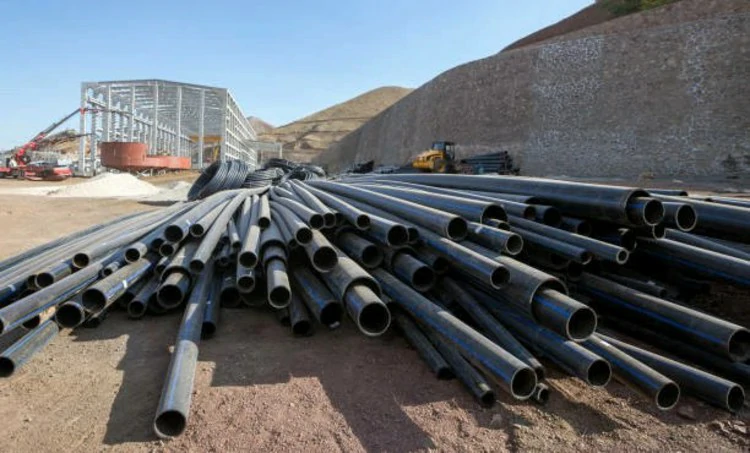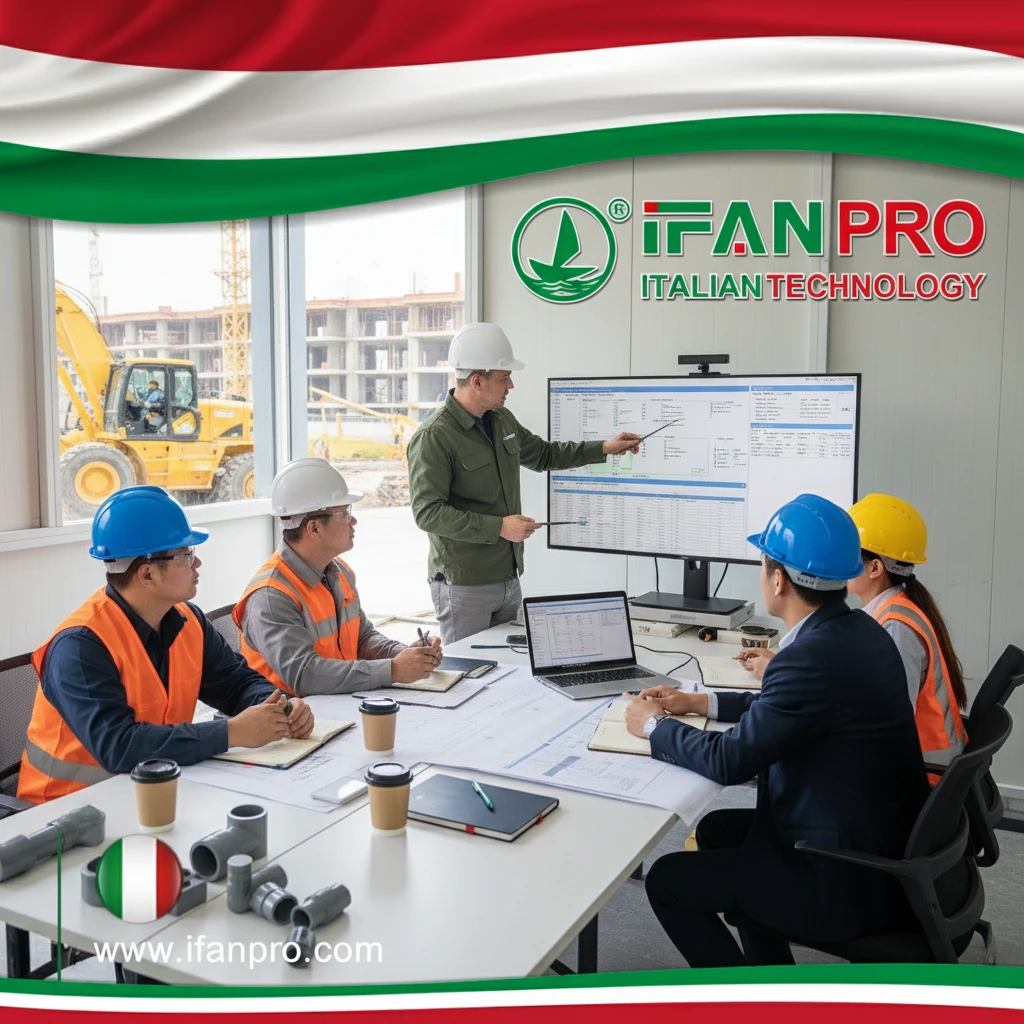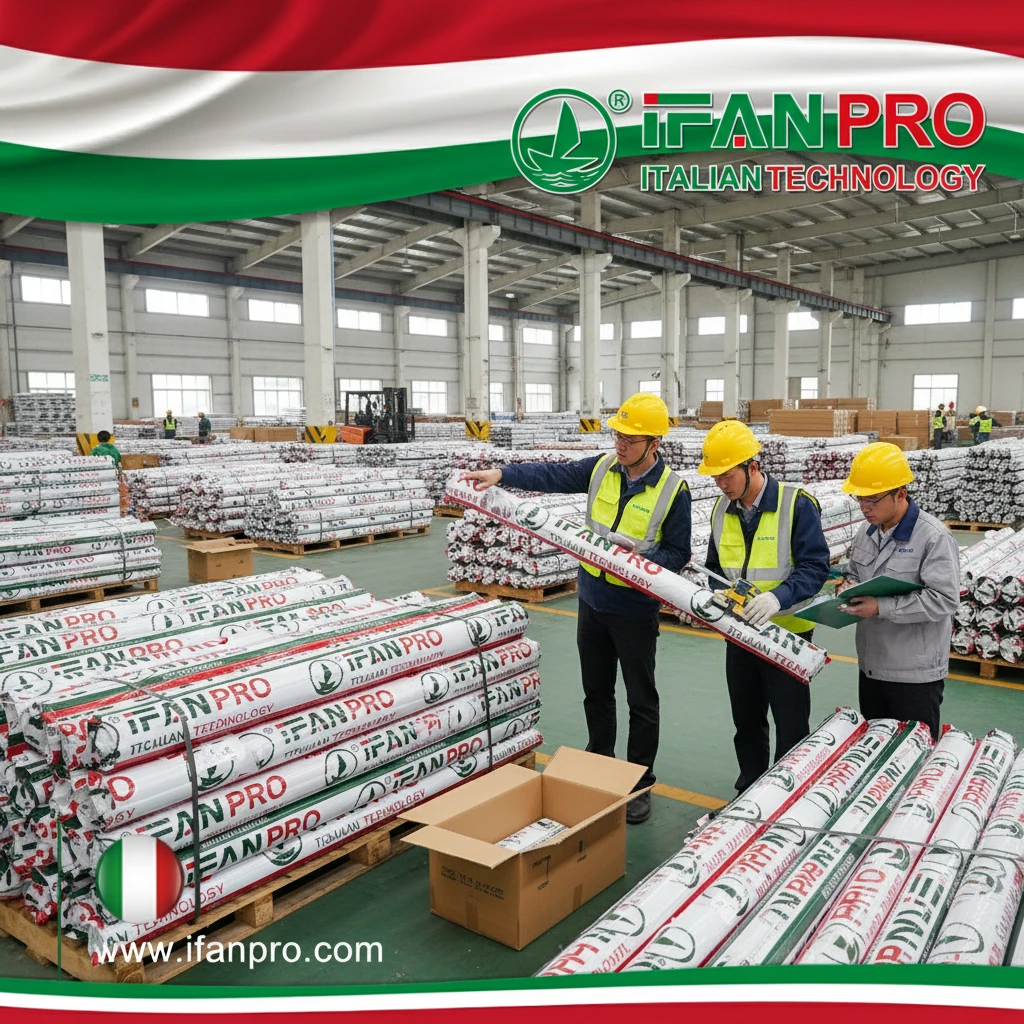Understanding the Proper Installation of HDPE Pipes
Introduction to HDPE Plumbing Installation
Installing HDPE (High-Density Polyethylene) pipes requires precision, expertise, and adherence to industry standards to ensure optimal performance and longevity of the plumbing system. This section delves into the essential techniques and tips for effectively installing HDPE pipes in various applications.
Proper Handling and Storage
Proper handling and storage of HDPE pipes before installation prevent damage and ensure integrity. Store HDPE pipes on flat surfaces away from direct sunlight and heat sources to avoid deformation and stress cracking. Also, keep sharp objects or debris away from the pipes.
Site Preparation
Proper site preparation is essential for a successful HDPE pipe installation. The excavation area should be cleared of any obstructions, debris, or organic materials that may interfere with the installation process. Additionally, the trench dimensions should accommodate the required depth and width of the pipes, allowing for proper bedding and backfilling.
Jointing Techniques
HDPE pipes are typically joined using heat fusion welding techniques, which create strong, seamless connections between pipes and fittings. The two most common methods of heat fusion welding are butt fusion and electrofusion. Butt fusion involves heating the pipe ends and fusing them together under pressure, while electrofusion utilizes special fittings with built-in heating elements to create fusion joints.
Proper Alignment and Support
During installation, ensure proper alignment of HDPE pipes for smooth flow and optimal performance. Use alignment guides and clamps to maintain correct positioning during welding. Install adequate support structures, like pipe hangers or brackets, to prevent sagging and provide proper support along the pipe’s length.
Backfilling and Compaction
After installing and jointing the pipes, backfilling and compacting the trench are necessary for support and protection from external loads and environmental factors. The backfill material should be free of sharp rocks or debris to avoid pipe damage and should be compacted in layers to minimize settling and ensure uniform support.
Testing and Inspection
After installation, HDPE pipes should undergo testing and inspection to verify the integrity of the joints and the overall performance of the plumbing system. Hydrostatic pressure testing is commonly used to assess the leak-tightness of the joints and identify any potential defects or issues that may require correction before commissioning the system.
Заключение
Proper installation of HDPE plumbing systems ensures reliable performance and longevity. Following recommended techniques for handling, site preparation, jointing, alignment, support, backfilling, and testing is crucial. Adhering to industry best practices and investing in professional installation services maximizes the benefits of HDPE plumbing, avoiding costly repairs or replacements.
ИФАН является китайским производителем пластиковых труб, фитингов и клапанов с 30-летним опытом работы. Если вы заинтересованы в ИФАН медные фитинги, медные клапаны, пластиковые трубы и фитинги, пожалуйста, свяжитесь с нами. ИФАН предлагает вам разнообразные стандартные трубы для удовлетворения ваших конкретных потребностей. Нажмите ниже, чтобы узнать больше о широком ассортименте доступной и экономичной арматуры и сопутствующих товаров для трубопроводных систем от IFAN.
Мы ответим на ваше письмо или факс в течение 24 часов.
Вы можете позвонить нам в любое время, если у вас возникнут вопросы по нашей продукции.
Для получения дополнительной информации, пожалуйста, посетите наш веб-сайт https://ifanpro.com/
Отправить по почте: [email protected]
Whatsapp: + 86 19857948982














Последние комментарии